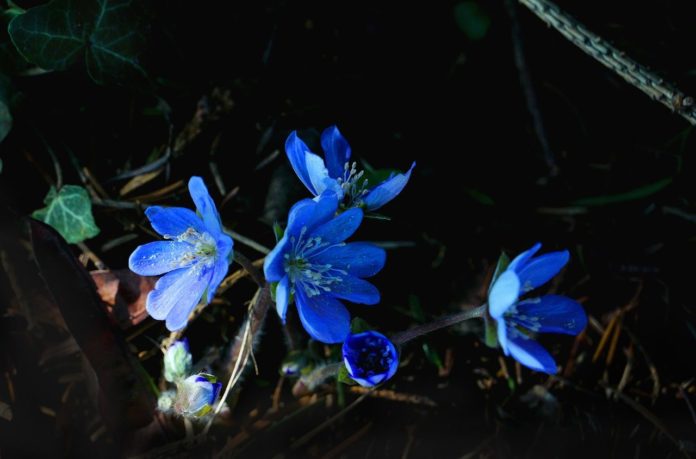
Our neighbourhoods are more than 40 years old and most of the original trees are fully mature. It gives the area a beautiful 4-season atmosphere, but also challenges gardeners who now deal with very shady gardens. There are many books and magazines with articles on what to grow in the shade, and today I am going to share with you some of my favorites.
Beginning in the springtime, Primulas (Primroses) are the first to appear in April and May. There are no leaves on the trees yet so what will be deep shade is still in the morning sun. They offer a whole variety of color, from yellows to pinks, reds and purples. Shortly thereafter appear the Anemone (Snowdrop) with cheerful single white blossoms over low dark mound of foliage. Also early are Hepatica with sky-blue star shaped flowers and Pulmonaria with pink and blue blossoms on the same stem. Pansies can be planted early as they are not real frost sensitive. They are beautiful both in pots and flowerbeds in full and partial shade.
Ranunculaceae or Buttercup family contains a large group of plants you might not have realized are related. In addition to the Anemone, the beautiful yellow Trollius (Globeflower) is happy in both sun and shade, as are the Aconitum (Monkshood) and Aquilegia (Columbine). My Columbine have all reverted over the years to a pale pink color; looks like I will have to break down and buy one of the blue-purple ones. By July, the Delphinium is dramatic, being only somewhat taller and sparser in the shade than in the sun. There are many varieties of Campanula (“cam-PAN-u-la”) who are all quite content to grow in shady locations. A friend shared her Campanula persicifolia (Peachleaved Bellflower) with me and they are now in full blue and white bloom all over the yard, both in the sun and shade. Yes, they seed prolifically, but are easy to pull out or move around.
Of course, everyone knows the Hosta for its large broad leaves of many varieties. Late to emerge in the spring (I have been known to plant something else over it, thinking it winterkilled) it faithfully provides decorative foliage all season long. Heuchera (“HEWker-a”) is another popular perennial, commonly called Coralbells. More showy in the sun, it nevertheless provides elegant sprays of tiny pink or red bellflowers in shade as well. When touring a Horticultural Society “open garden” in Deer Run last summer, we saw a fabulous specimen in full shade, its deep purple leaves at least a foot in diameter. Who cares about the blooms when the leaves are so spectacular? Many others come to mind, but my space is limited, so Astilbe, Ajuga, Lamium, Creeping Jenny, and dozens of others will have to wait for another column.








